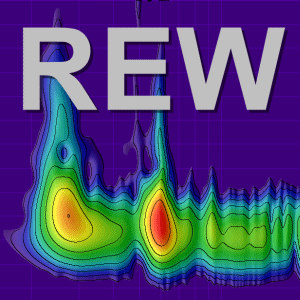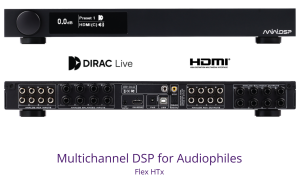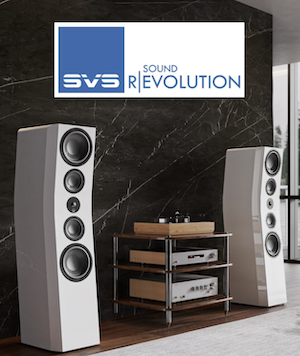Lid9497
Member
Thread Starter
- Joined
- May 23, 2025
- Posts
- 16
More
- Preamp, Processor or Receiver
- Sound Blaster X4
- Main Amp
- Fosi Audio V3-48V
- Front Speakers
- Denon SC-M41
- Subwoofers
- SVS PB-1000 Pro
Hello wonderful community,
So I have 2.1 system and basically nothing set up, no crossover, no room correction, nothing and I don't know what should be the first thing to fix or do: speaker alignment, or crossover, or first equalize mains and sub separately...what is your first step in REW after connecting and positioning all the speakers? I will first try to fix mains and go from there, but I think maybe speaker alignment should be a first step since I have subwoofer very far away from me.
Thanks
So I have 2.1 system and basically nothing set up, no crossover, no room correction, nothing and I don't know what should be the first thing to fix or do: speaker alignment, or crossover, or first equalize mains and sub separately...what is your first step in REW after connecting and positioning all the speakers? I will first try to fix mains and go from there, but I think maybe speaker alignment should be a first step since I have subwoofer very far away from me.
Thanks








 have to work today
have to work today 
 You might take another pass at pushing some of those peaks down by a few db with EQ... 40Hz, 77Hz and 140Hzish stand out...
You might take another pass at pushing some of those peaks down by a few db with EQ... 40Hz, 77Hz and 140Hzish stand out... 
 Good job
Good job 





